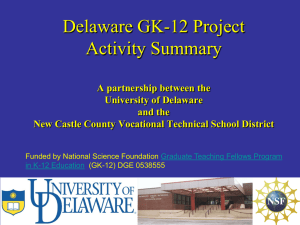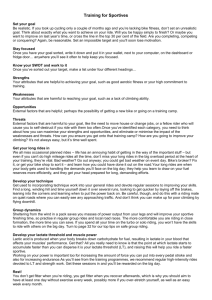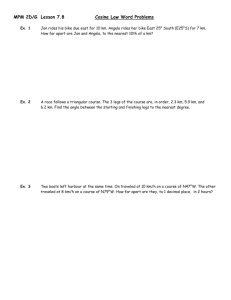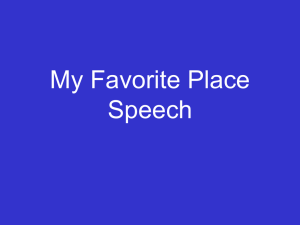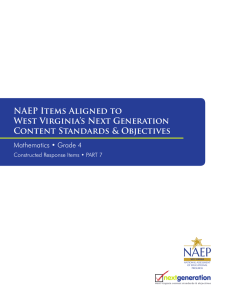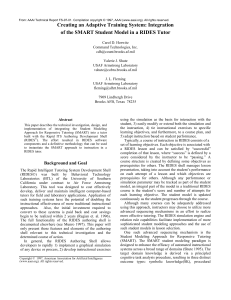New Perspectives on Training for the Fire Ground
advertisement
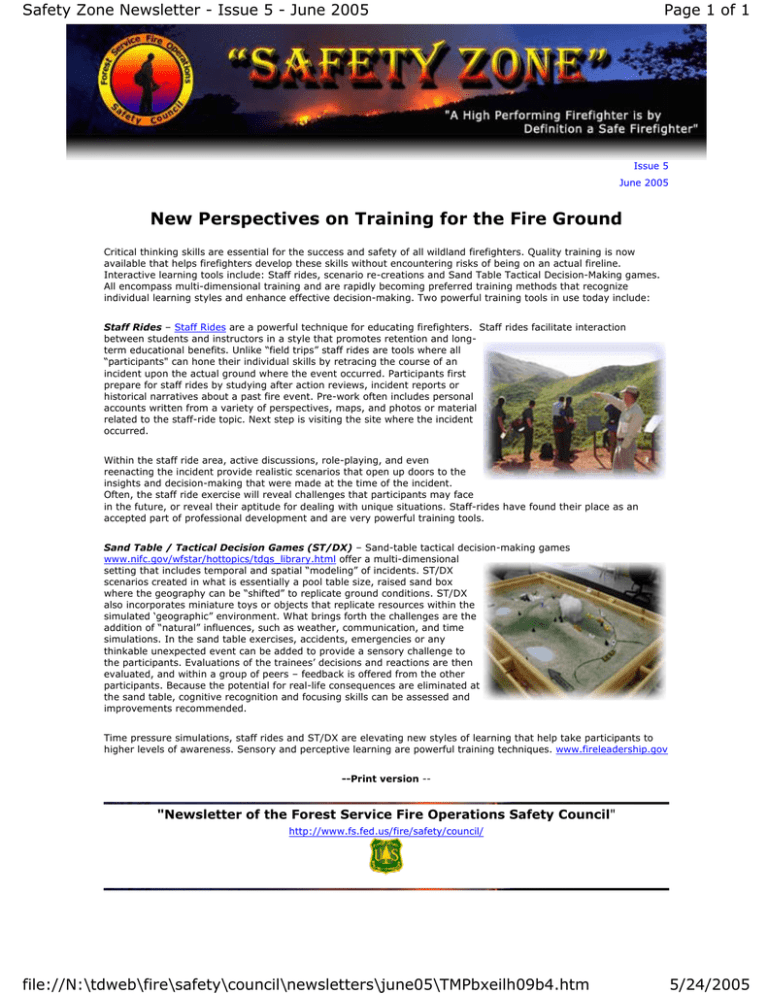
Safety Zone Newsletter - Issue 5 - June 2005 Page 1 of 1 Issue 5 June 2005 New Perspectives on Training for the Fire Ground Critical thinking skills are essential for the success and safety of all wildland firefighters. Quality training is now available that helps firefighters develop these skills without encountering risks of being on an actual fireline. Interactive learning tools include: Staff rides, scenario re-creations and Sand Table Tactical Decision-Making games. All encompass multi-dimensional training and are rapidly becoming preferred training methods that recognize individual learning styles and enhance effective decision-making. Two powerful training tools in use today include: Staff Rides – Staff Rides are a powerful technique for educating firefighters. Staff rides facilitate interaction between students and instructors in a style that promotes retention and longterm educational benefits. Unlike “field trips” staff rides are tools where all “participants" can hone their individual skills by retracing the course of an incident upon the actual ground where the event occurred. Participants first prepare for staff rides by studying after action reviews, incident reports or historical narratives about a past fire event. Pre-work often includes personal accounts written from a variety of perspectives, maps, and photos or material related to the staff-ride topic. Next step is visiting the site where the incident occurred. Within the staff ride area, active discussions, role-playing, and even reenacting the incident provide realistic scenarios that open up doors to the insights and decision-making that were made at the time of the incident. Often, the staff ride exercise will reveal challenges that participants may face in the future, or reveal their aptitude for dealing with unique situations. Staff-rides have found their place as an accepted part of professional development and are very powerful training tools. Sand Table / Tactical Decision Games (ST/DX) – Sand-table tactical decision-making games www.nifc.gov/wfstar/hottopics/tdgs_library.html offer a multi-dimensional setting that includes temporal and spatial “modeling” of incidents. ST/DX scenarios created in what is essentially a pool table size, raised sand box where the geography can be “shifted” to replicate ground conditions. ST/DX also incorporates miniature toys or objects that replicate resources within the simulated ‘geographic” environment. What brings forth the challenges are the addition of “natural” influences, such as weather, communication, and time simulations. In the sand table exercises, accidents, emergencies or any thinkable unexpected event can be added to provide a sensory challenge to the participants. Evaluations of the trainees’ decisions and reactions are then evaluated, and within a group of peers – feedback is offered from the other participants. Because the potential for real-life consequences are eliminated at the sand table, cognitive recognition and focusing skills can be assessed and improvements recommended. Time pressure simulations, staff rides and ST/DX are elevating new styles of learning that help take participants to higher levels of awareness. Sensory and perceptive learning are powerful training techniques. www.fireleadership.gov --Print version -- "Newsletter of the Forest Service Fire Operations Safety Council" http://www.fs.fed.us/fire/safety/council/ file://N:\tdweb\fire\safety\council\newsletters\june05\TMPbxeilh09b4.htm 5/24/2005
